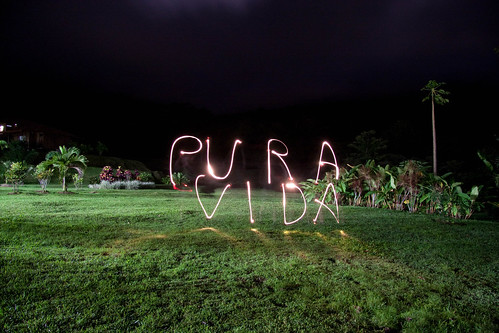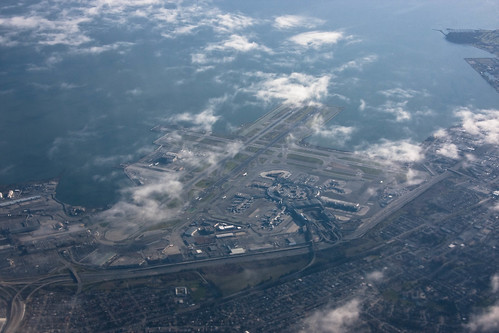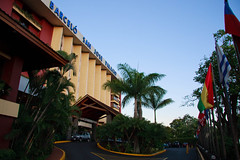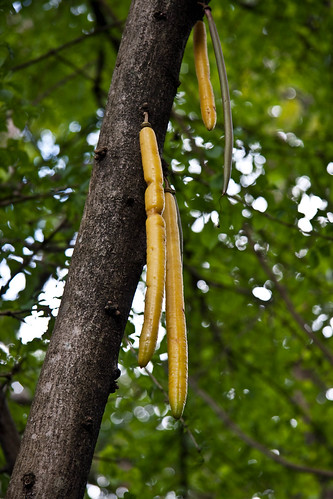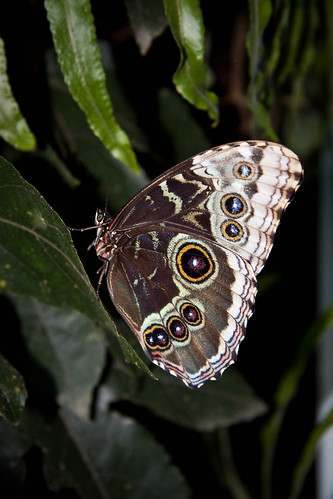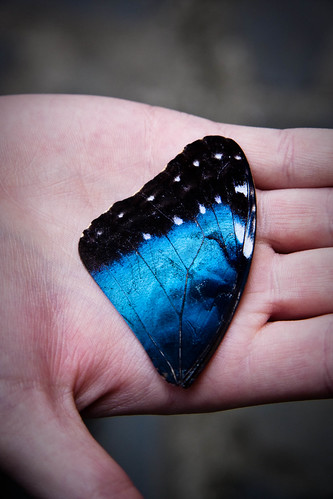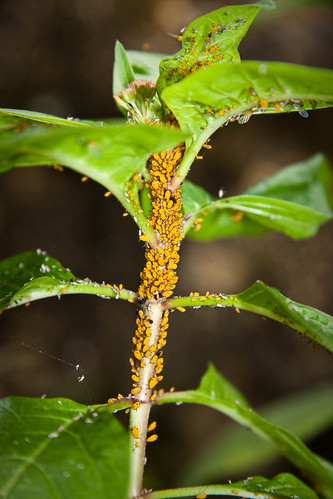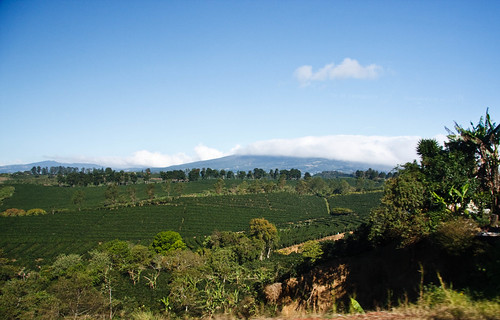In December of 2008 we embarked on a 10 day family trip to Costa Rica. I kept a journal along the way, and have converted it here to a blog of the trip. We booked our trip with Caravan Tours, and they did a great job showing us this beautiful country.
- Dec 27 – Arriving in Costa Rica
- Dec 28 – Our own tour of San Jose
- Dec 29 – First day, Poas Volcano
- Dec 30 – Aerial rain forest tour, butterfly garden, banana plantation and arrival in Tortuguero
- Dec 31 – Touring the rain forest by boat
- Jan 1 – Sunrise on the beach, and traveling to Fortuna
- Jan 2 – Zip-lining! Pura Vida!
- Jan 3 – Los Angeles Cloud Forest, Puntarenas
- Jan 4 – Crocodiles, macaws, and more beach time
- Jan 5 – Sarchi, Britt coffee and back to San Jose
- Jan 6 – Heading home
If you want to skip the commentary and just look at pictures, you can visit:

